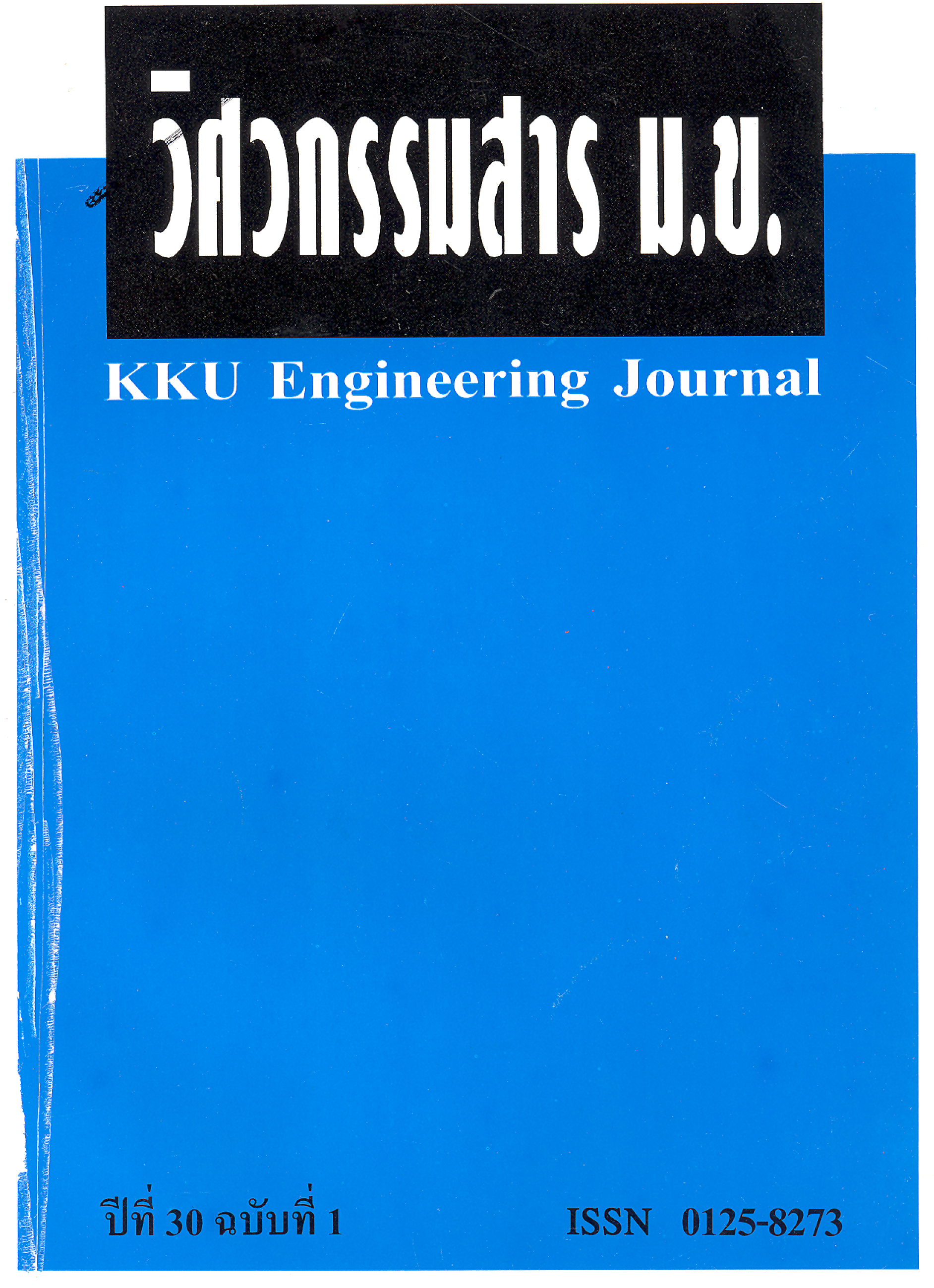Possibility of Implementing Raw Speech as Watermark Signal
Main Article Content
Abstract
Digital watermarking is a method used to provide an evidence of intellectual ownership in any multimedia data, by secretly inserting some information called watermark signal into the original data, before distributing it to the public. This information is considered as an invisible symbol attached to the distributed data, and later used as a copyright related evidence. The possibility of implementing a raw speech as a watermark signal is studied in this paper, with the aim at developing a digital watermarking method such that the watermark signal is robust against various digital image processing based attacks. This approach is based on the fact that the raw speech contains a considerable amount of redundancies. Even if the embedded raw speech is badly attacked, there still be enough redundancies left for the human perceptual system to recognize and understand the contents contained in that speech. Furthermore, the impressive intelligence of the human perceptual system, as it tends to adjust and learn quickly to determine the information within the repeated speech, enhances the probability of correctly understanding what was said in that raw speech. The results from the experiment show that, by using the proposed method, the watermark signal is robust against various types of attacks including brightness enhancement contrast enhancement, Gaussian noise adding, JPEG image compression standard and high pass filtering. This is justified by a number of listeners who can correctly understand the contents contained within the extracted watermark signal, after being attacked.
Article Details
This work is licensed under a Creative Commons Attribution-NonCommercial-NoDerivatives 4.0 International License.



